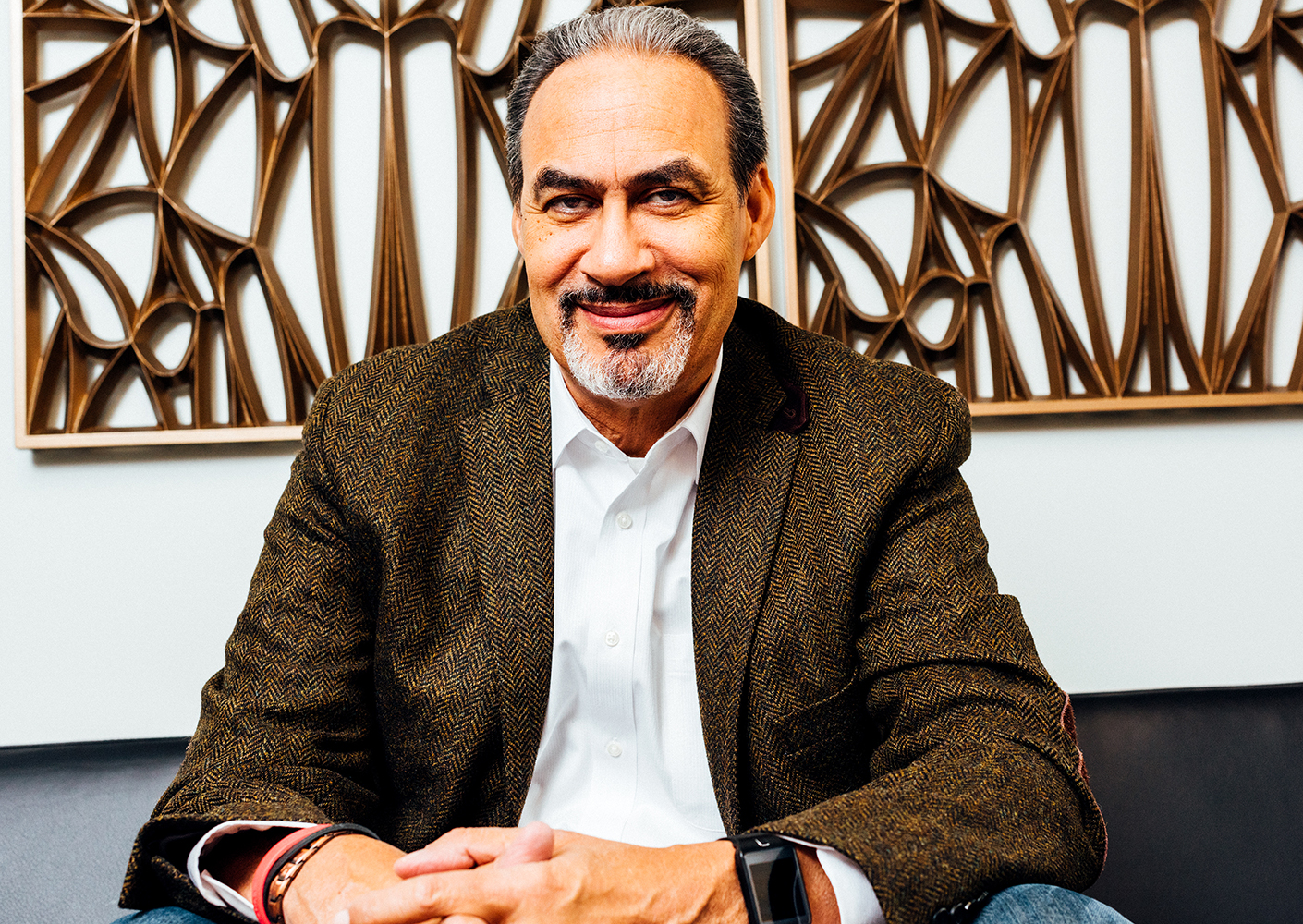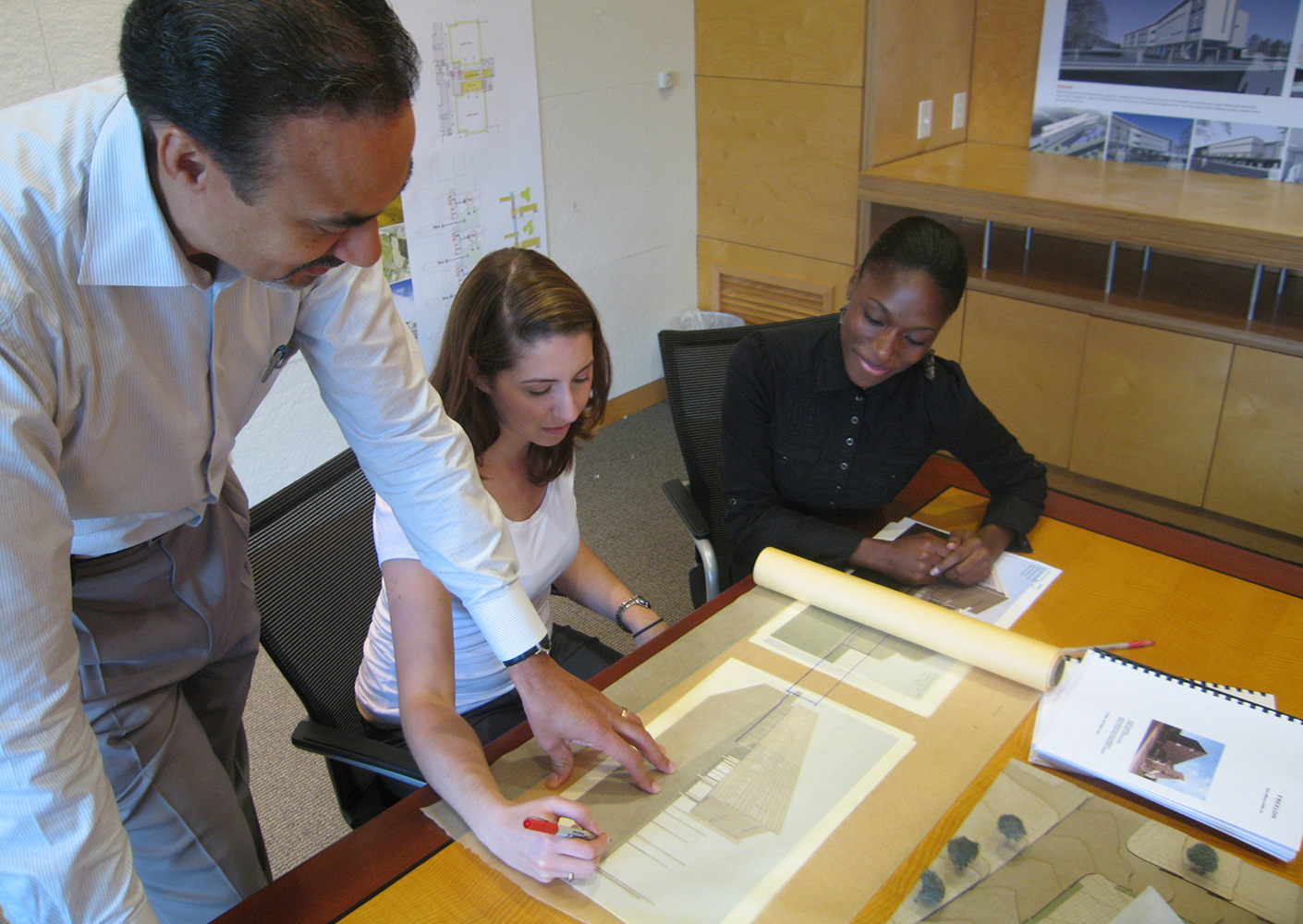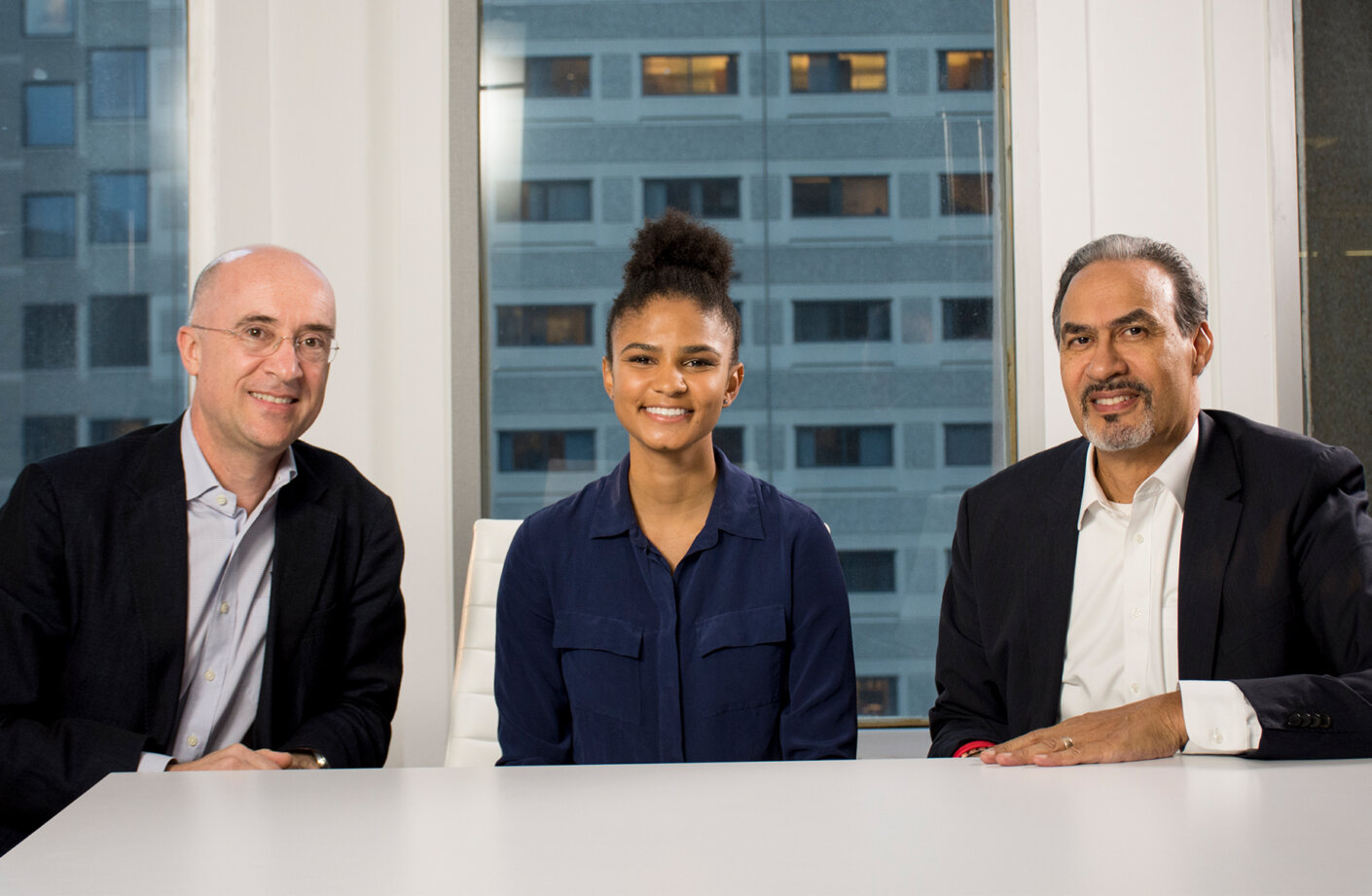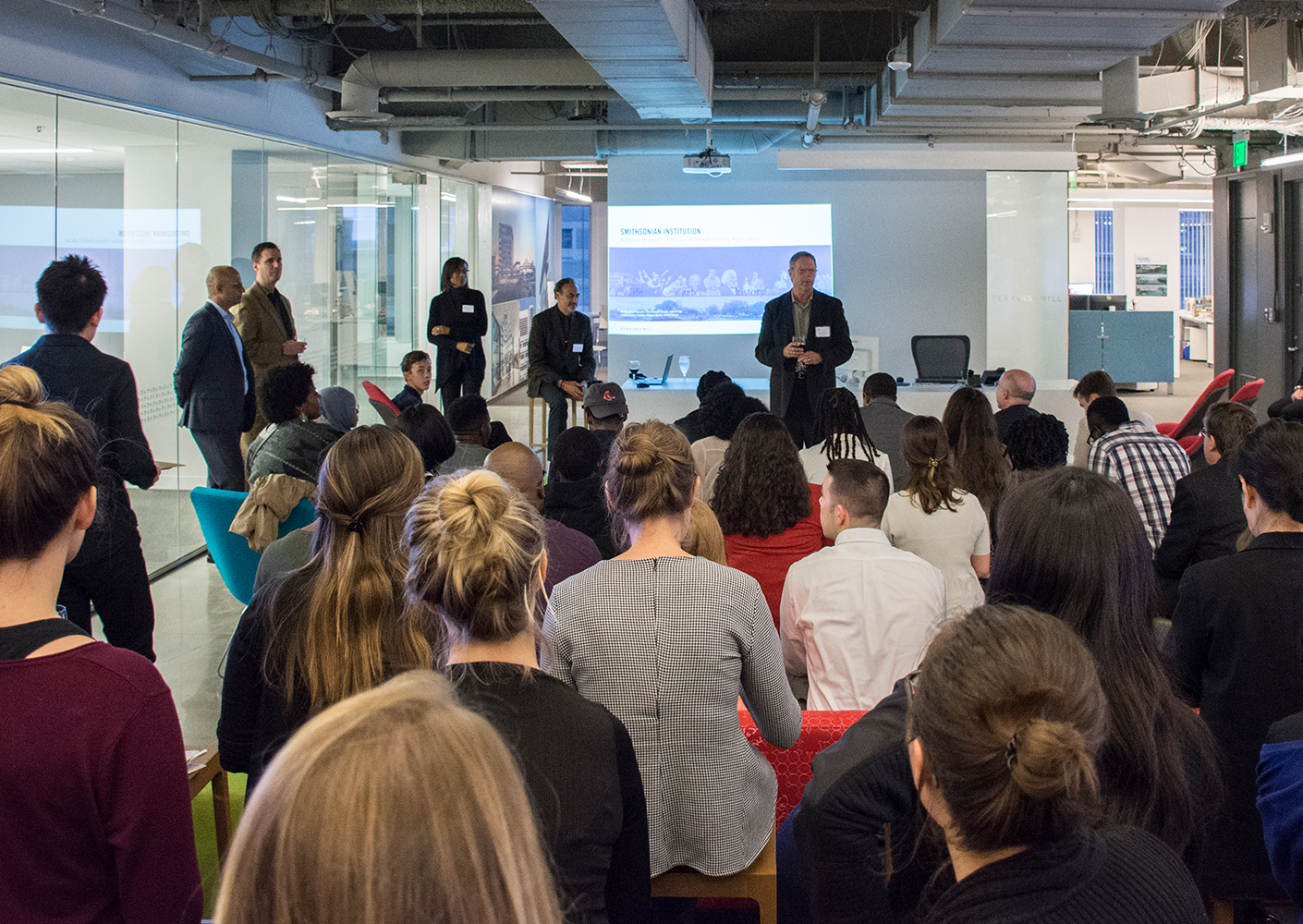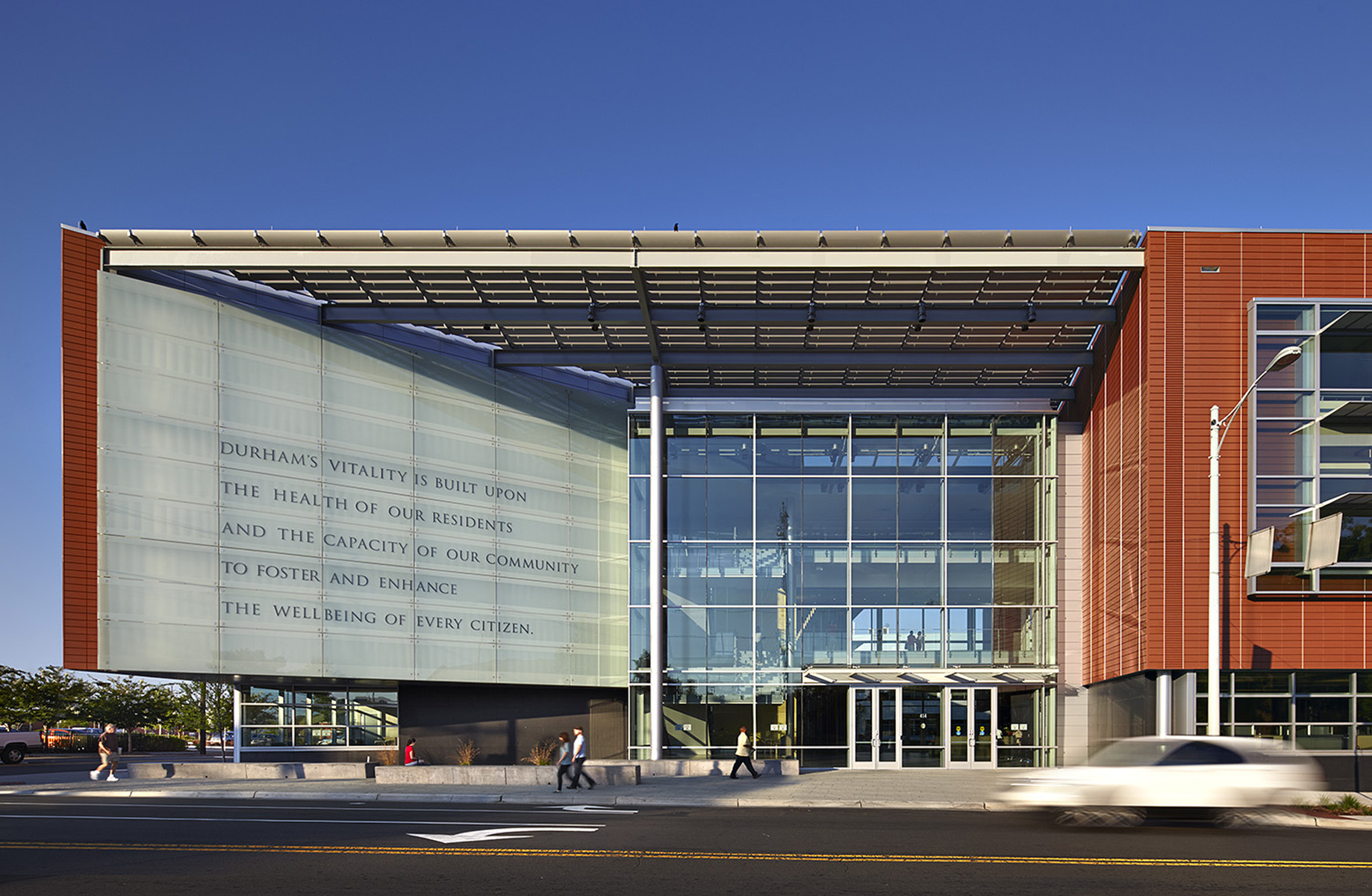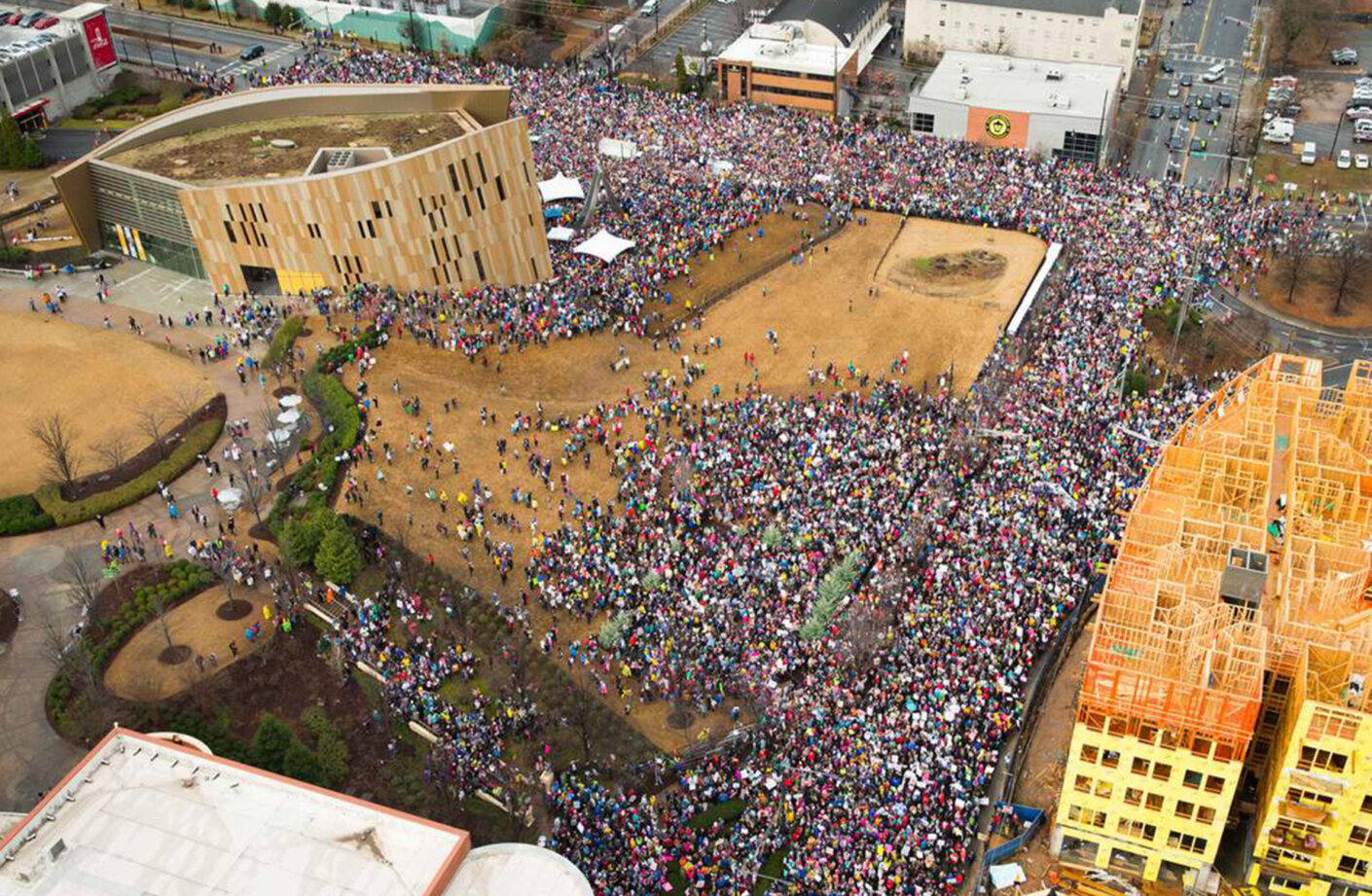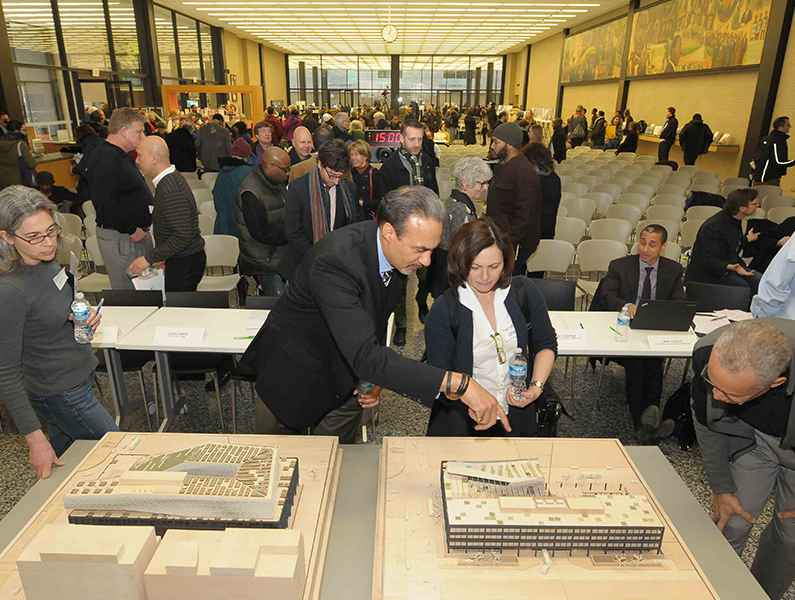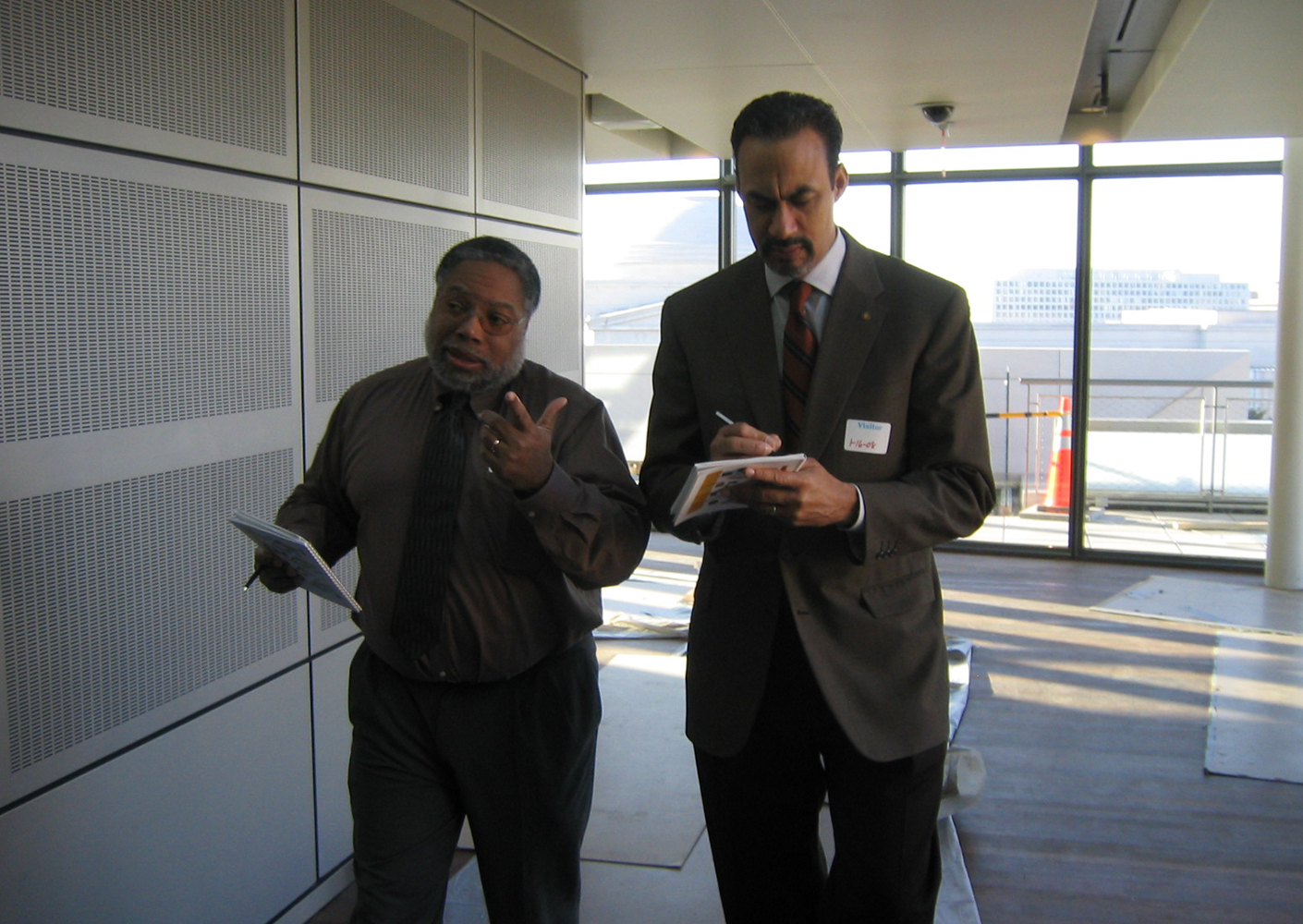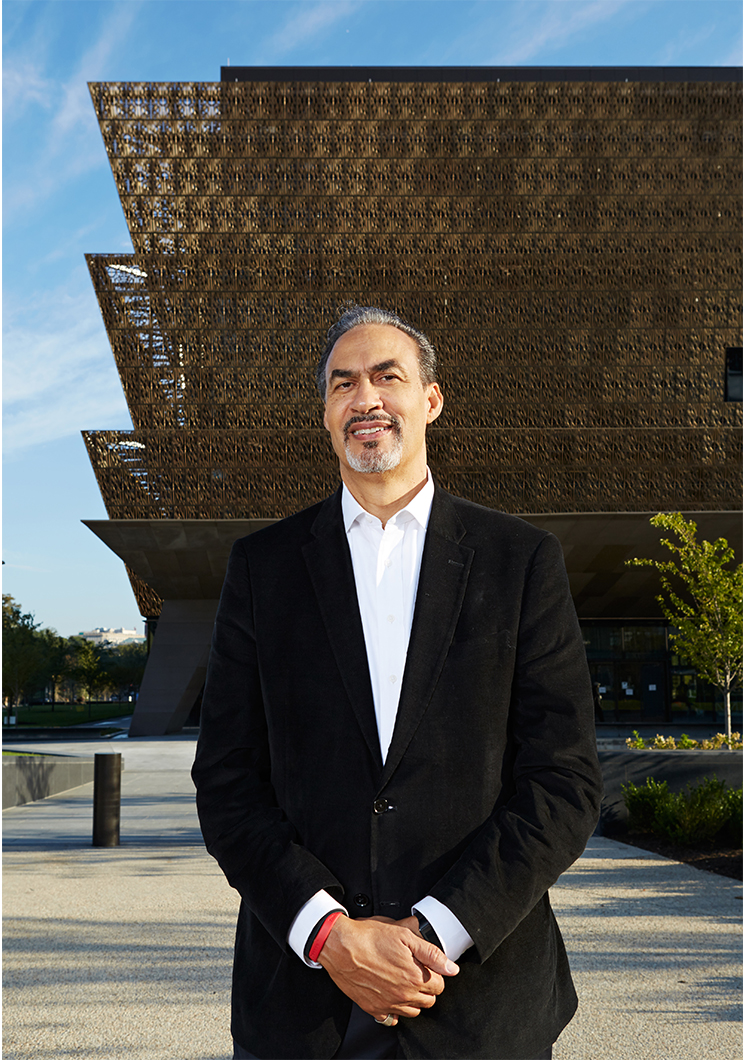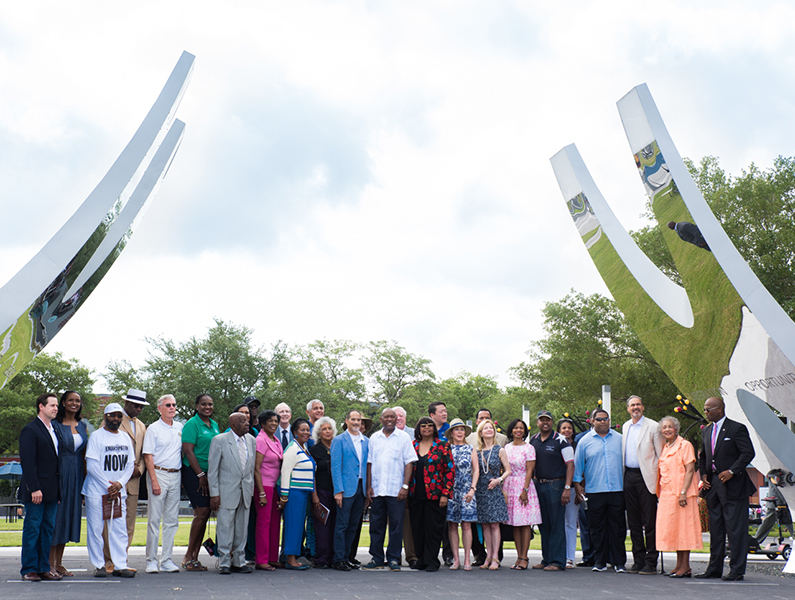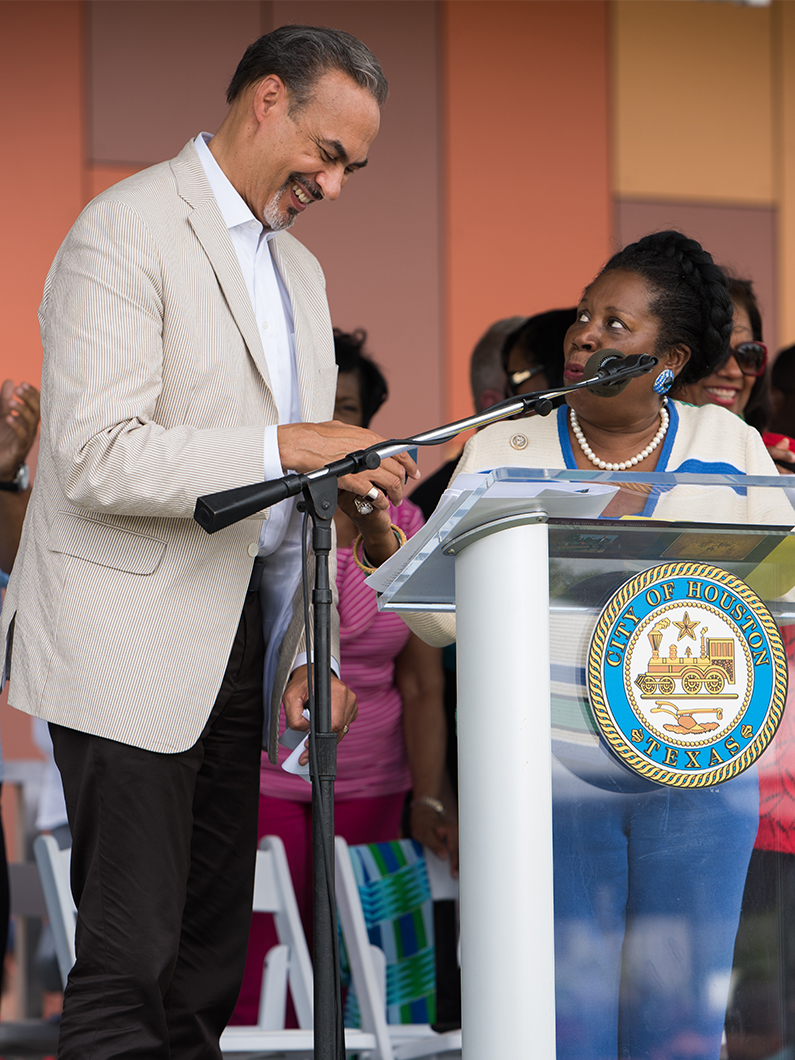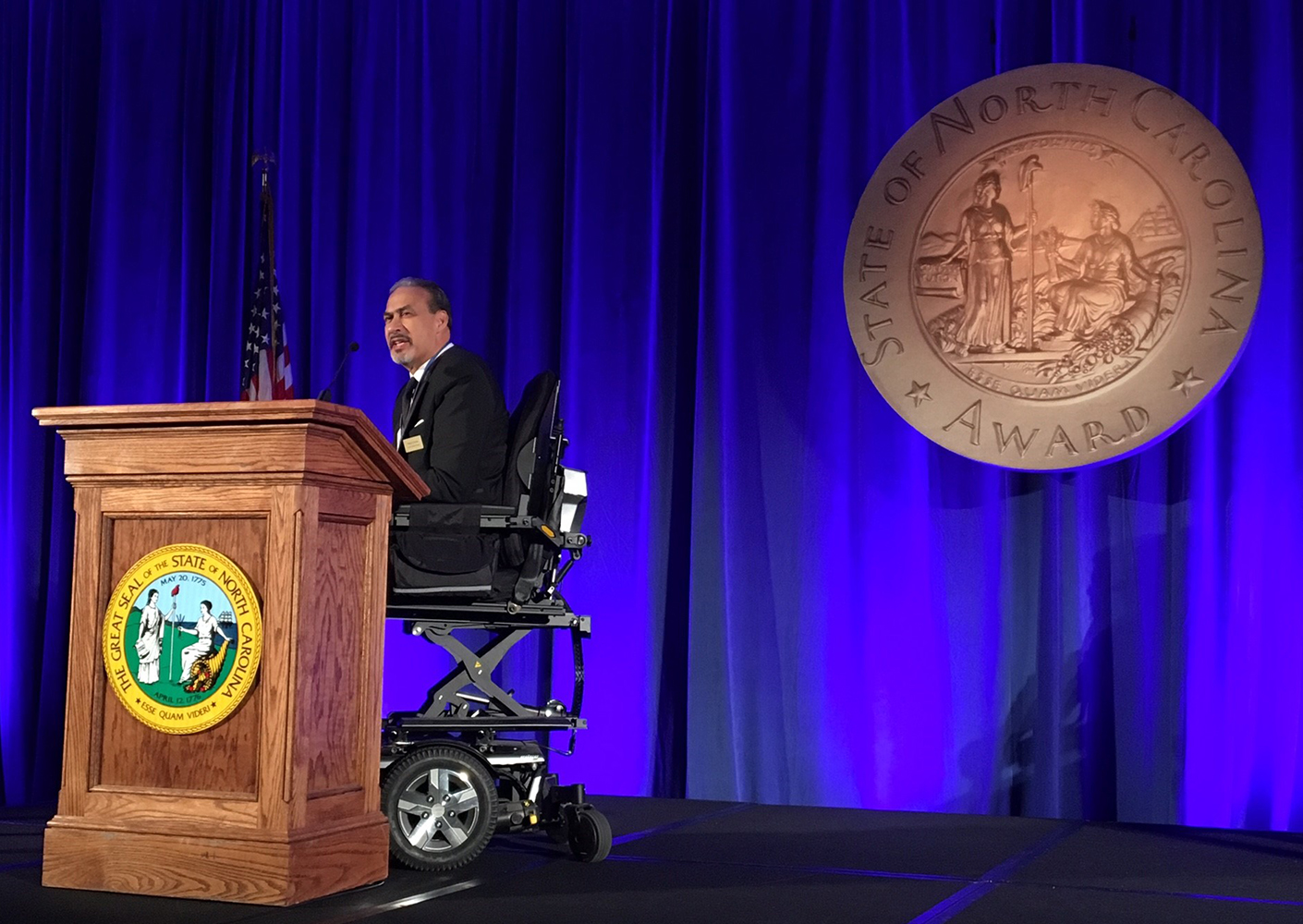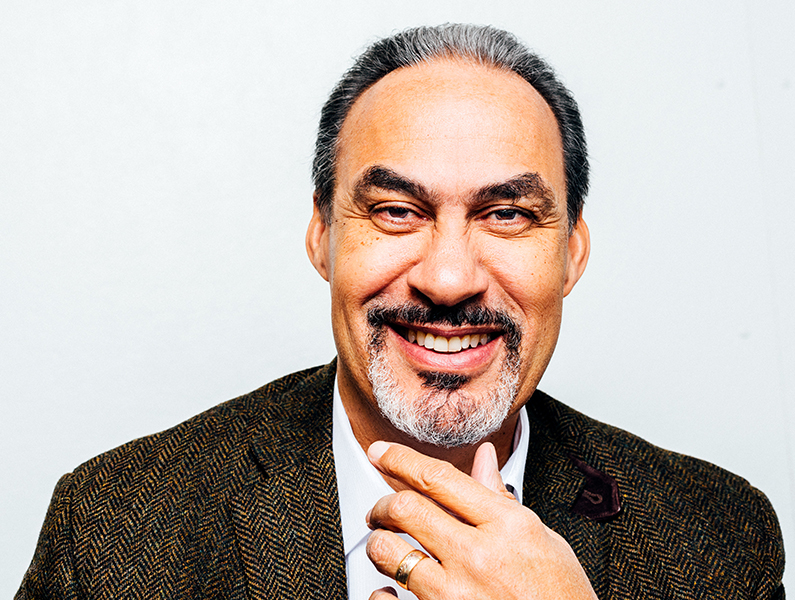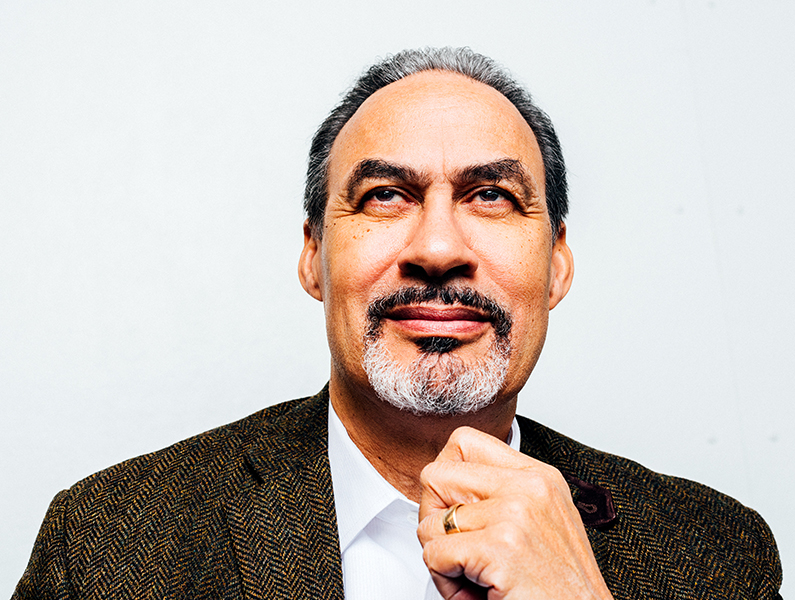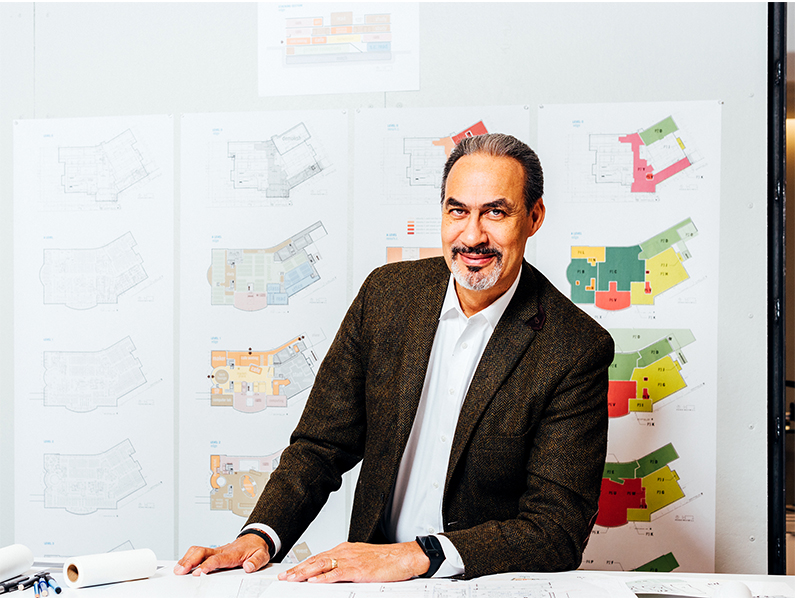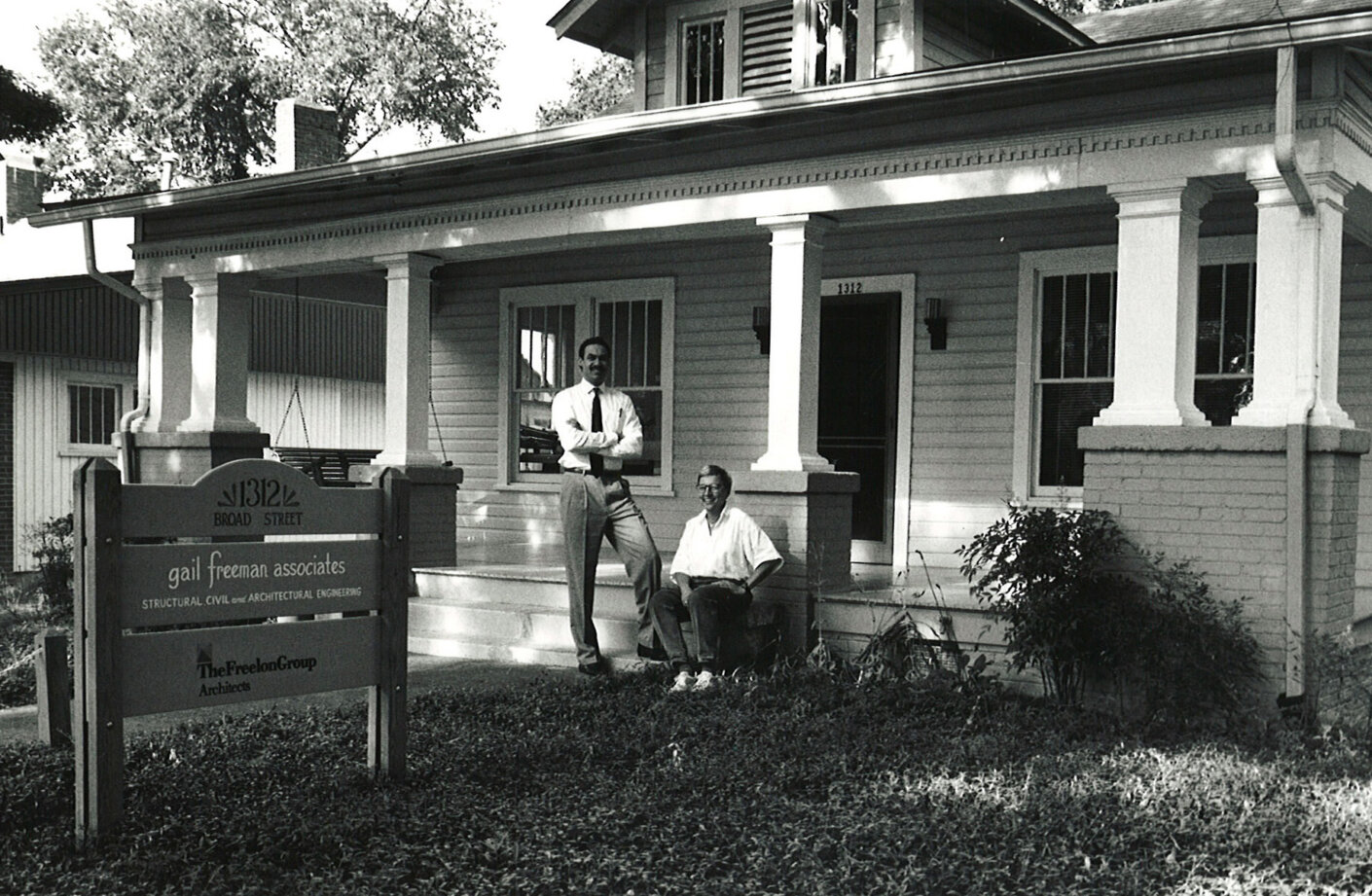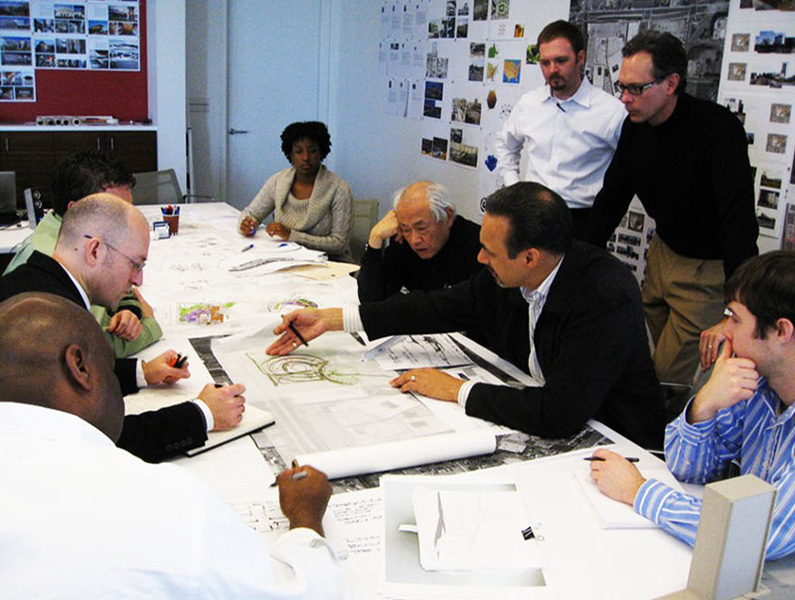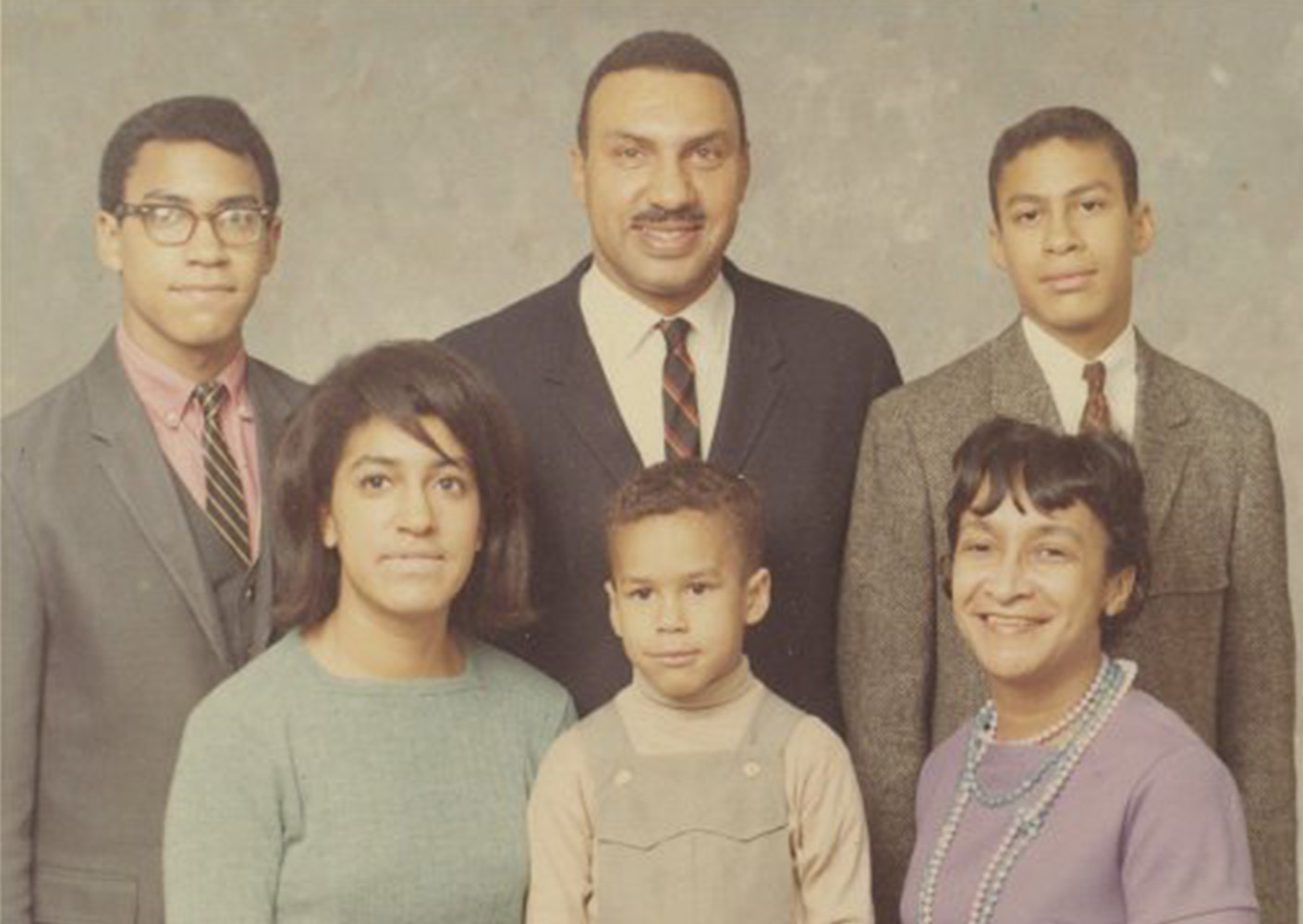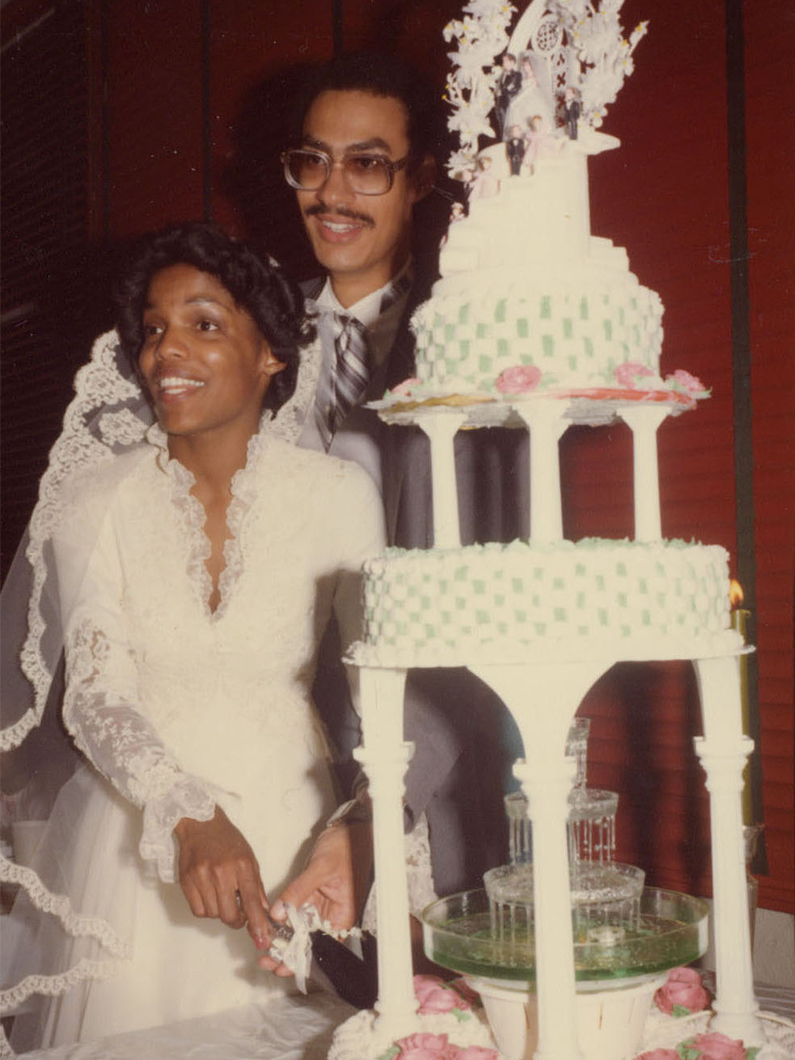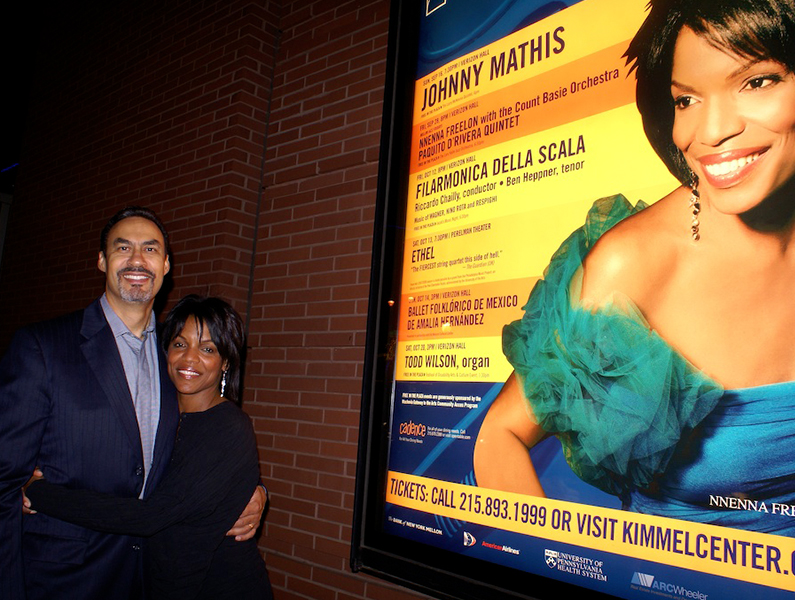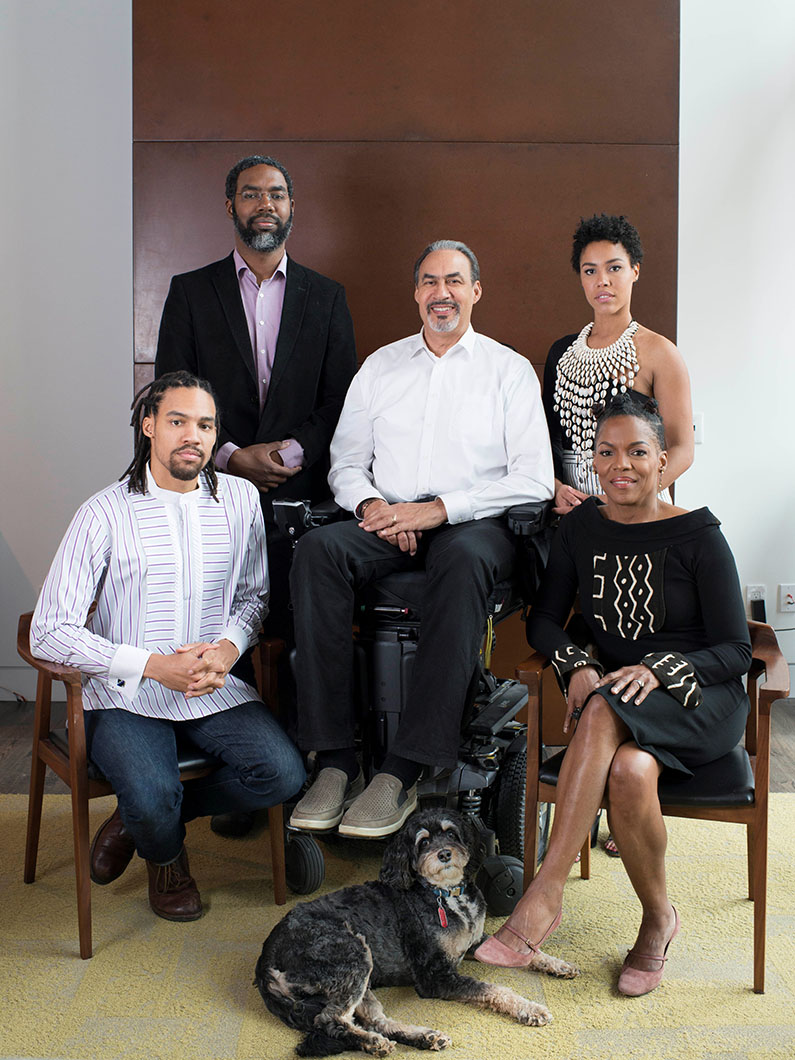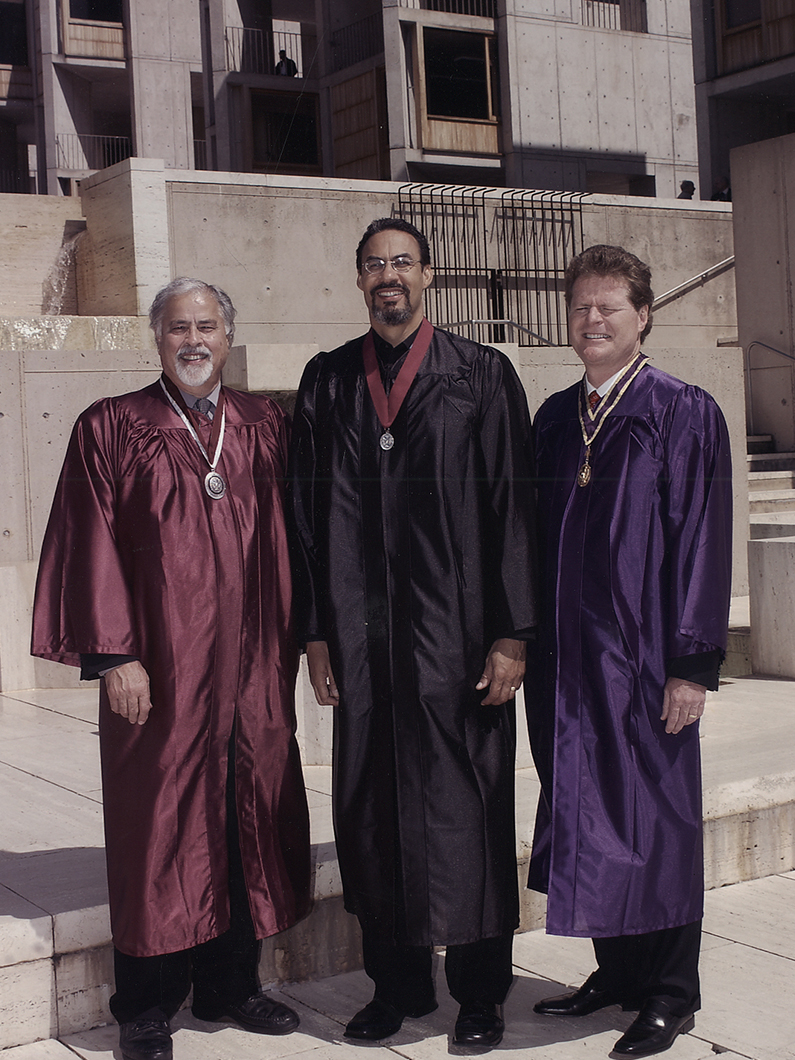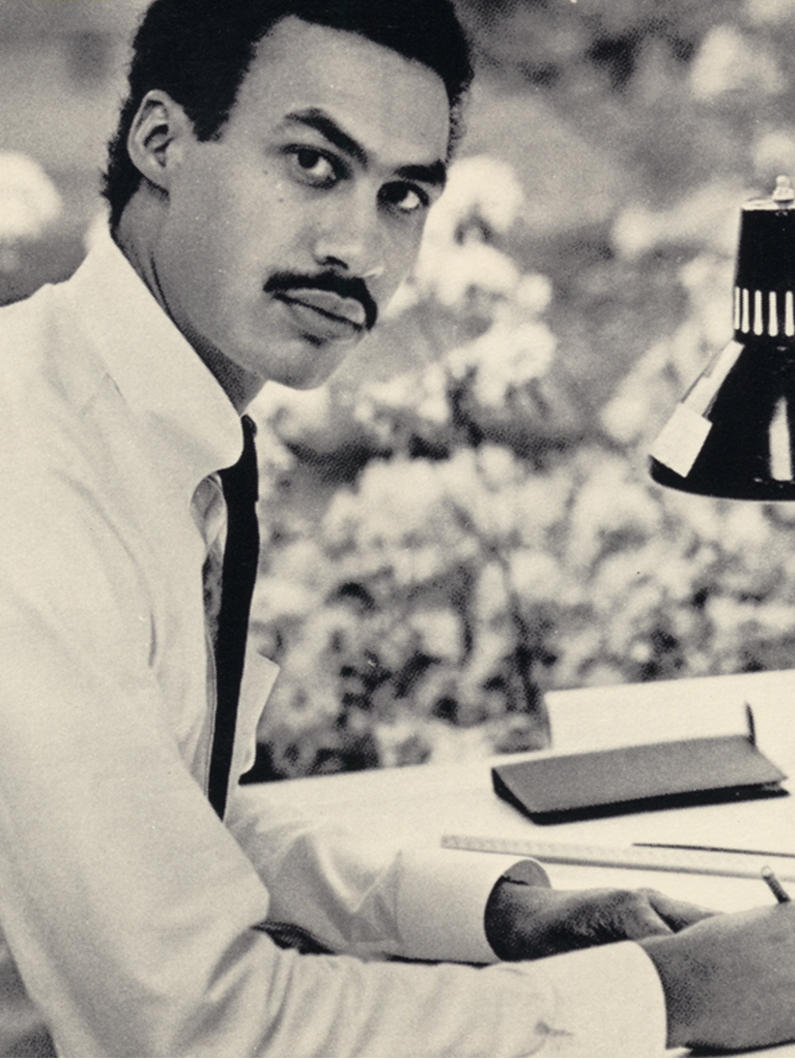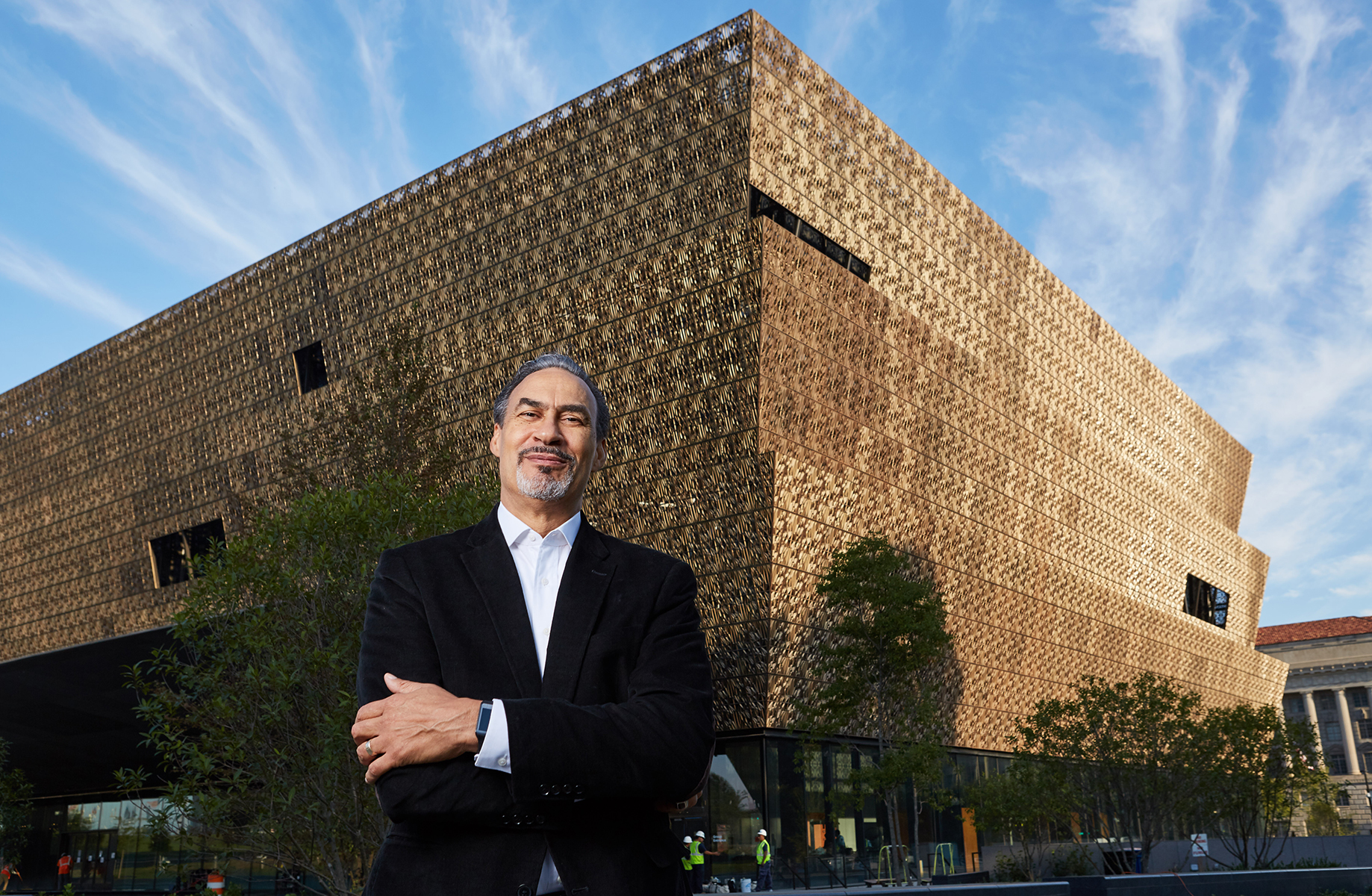***
The architectural world has, for many years, taken great interest in the life, work, and impact of Phil Freelon. We are grateful for the many wonderful stories that have been published about him. As we celebrate Phil’s life and legacy, we invite you to read a few of our personal favorites:
“Phil Freelon, America’s Most Prominent Black Architect, Designs for the Culture,” The Undefeated, February 2019
“America’s Humanitarian Architect,” Fast Company, December 2017
“Meet Phil Freelon, the Architect Behind the Newest Smithsonian,” NBC BLK, September 2015
Since Phil’s passing, many preeminent news agencies have published obituaries for him. Here are a select few:
“Philip Freelon, African-American Museum Architect, Dies at 66,” The New York Times
“Architect of African American museum, Phil Freelon, dies at 66,” USA Today
“Phil Freelon, architect who helped design Smithsonian’s African American Museum, dies at 66,” The Washington Post
“Obituary: Philip Freelon, 1953-2019,” Architectural Record
“Phil Freelon, architect of National Museum of African-American History and Culture, dies,” Curbed
“Philip Freelon, ‘the most significant African American architect in recent history,’ dies aged 66,” Dezeen
“Phil Freelon, Durham architect of African-American History museum, dies,” The News & Observer
***
Portrait of Phil Freelon © Arturo Olmos; photo of Durham County Human Services Complex and The Harvey B. Gantt Center of African American Arts + Culture © Mark Herboth; Photo of Phil at the National Museum of African American History and Culture © Noah Willman, Freelon Family portrait ©Lissa Gotwalds
